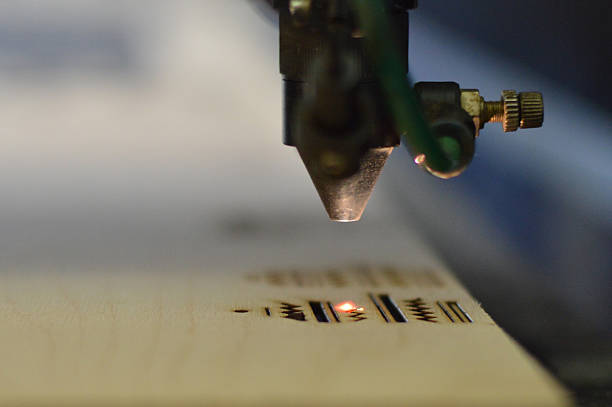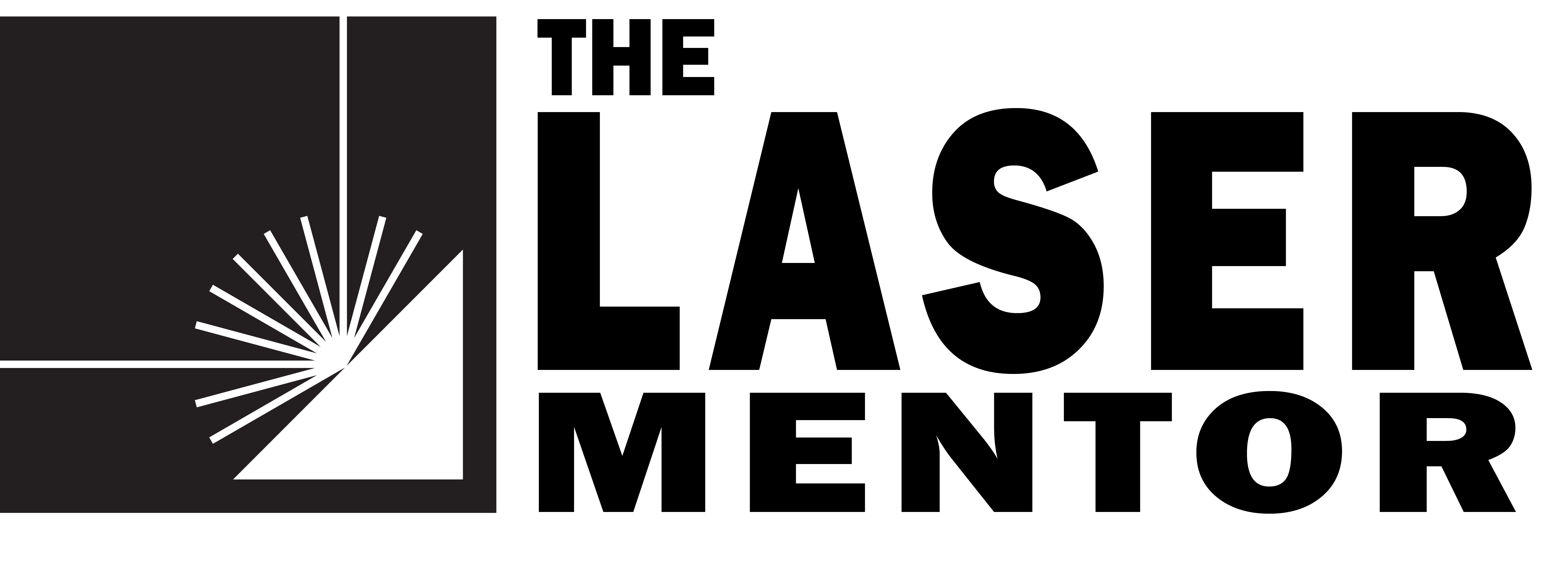When laser cutting or engraving something like wood, paper, particle board, or leather the laser is really burning the material. You see the light from a laser can do one of three things: One it can REFLECT off the material; Two it can TRANSMIT through the material; and the Third possibility is it can be ABSORBED by the material.
Light from a CO2 laser is classified by the wavelength of light. CO2’s most common wavelength is 10.6µm or 10.6 micrometers. This wavelength is easy to create and manipulate with mirrors and lenses and is the reason why CO2 laser machines have become so popular. Including your laser engraver!
As we have learned your CO2 laser will produce a light that will transmit through, reflect off of, or be absorbed by your target material. The CO2 laser light can also do any or all three of the above at the same time. The trick is to have your laser setup so that more of the laser light is absorbed than reflected or transmitted.
The wavelength 10.6µm absorbs very well into organic matter. It burns wood, paper, and leather very easily. Burning as we know leaves “char” marks on fireplace logs or your marshmallow if left in the flame to long. The 10.6µm wavelength acts like the fireplace fire. It burns the material. This burning if controlled and manipulated properly enables us to cut or engrave very cool items!
How do we do this. The good thing is that the material helps determine most of this interaction. Organic materials absorb more than reflects or transmits 10.6µm light. Wood for instance absorbs more than 98% of the 10.6µm wavelength. This is mostly due to the percentage of water within the wood as water absorbs almost 100% of the 10.6µm wavelength. On the other hand, a metal such as copper is virtually impossible to cut with a CO2 laser as it reflects about 99% of 10.6µm light. The bottom line is that the material predetermines the amount of CO2’s 10.6µm light that is absorbed, transmitted, or reflected.
So now we know what the laser light does, how do we eliminate the char. The burning occurs when the material is raised to its ignition point and is either vaporized in the cutting or engraving application. This burning leaves us with a nice clean cut or cool “engraving”.
The key to this process is how much laser power or energy is getting to the material over time. Let’s say you are using a 50-Watt laser and have programmed to use all 50 Watts during your cut. You also need to tell the laser how quickly to move with that 50 Watts. This produces power over time to the material. The slower you move the more of the laser power will be applied to the material through the lens and the faster you go the less power will be able to reach the material because it was not in that spot for too long.
Let’s cut a line. If we cut a 10-inch-long line using 50 Watts of power. One line took us 10 seconds to cut and a second line took 5 seconds to cut. You effectively reduced the power that reached the material by 50%. Less excess laser power means there is less power allowed to burn deeper into the wood – reducing char depth into the wood. You can accomplish this in a variety of ways including lowering the programmed power, using faster cut speeds, or adjusting focus to make the focused energy less.
Another method is to use more assist gas. Lower power laser engravers use simple air pumps or compressors to push air to the work piece to assist in the cutting or engraving process. This assist gas has two functions: One to help “push” any vaporized residue from the burn through the cut slot allowing the laser to continue its cutting; Another function is to provide a “shield” gas at the surface of the material so the laser interaction with the material has a “uniform” environment to react within. This helps create consistency in the process. The use of a quality air supply can create more consistent cuts and engravings.
Back to our “char” problem. A consistent gas supply allows you to fine tune the laser parameters for both speed and percentage of power used during the cut. This effectively reduces the amount of power reaching the material to the point of where you have just enough power to cut the material with little or no excess laser power left over. Less excess laser power hanging around the less likely to get char!
That was a long-winded way of saying get a good air compressor and use more air to reduce char.
Writer Anthony Isaac can be reached via the Contact Me page..


